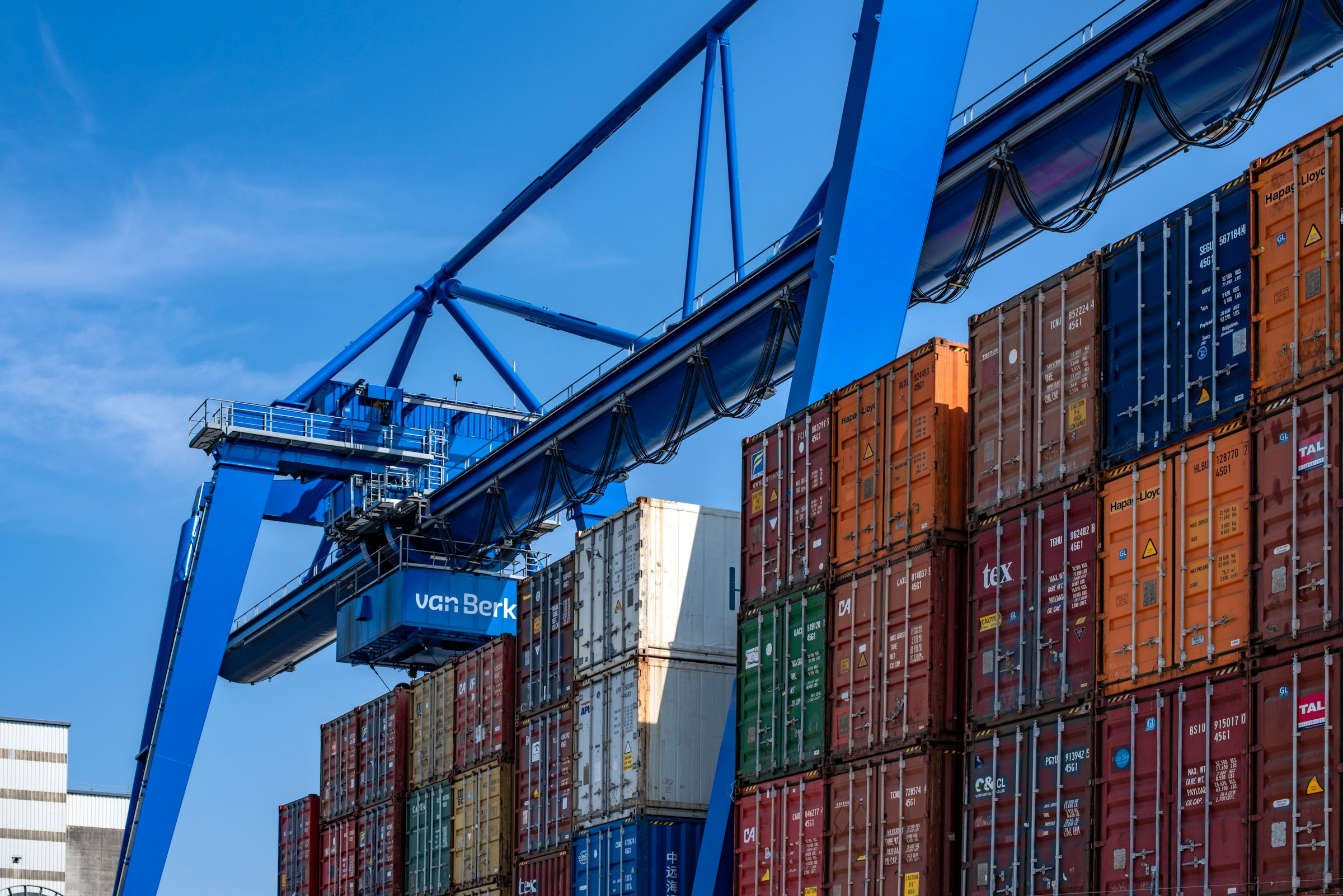US President Donald Trump’s approach to China in his second term has defied simple categorization. Official statements oscillate between hardline posturing and hints of reconciliation, while the administration’s actions have been a mix of tariff recalibrations, selective market openings, and episodic diplomatic outreach. This is less a grand strategy than a form of transactional statecraft, where the priority is securing visible, near-term economic wins rather than embedding a coherent long-term framework.
For investors, central banks, and sovereign allocators, this inconsistency creates a policy signal that is open to interpretation. The same tariff relief that some read as an overture toward a comprehensive trade deal may equally be viewed as a tactical concession to calm domestic inflation pressures.
The improvisational nature of Trump’s China engagement stands in contrast to his first-term posture, which was marked by a sustained escalation in tariffs, sanctions, and investment restrictions. Then, the underlying narrative was one of decoupling—severing critical supply chain dependencies and exerting leverage through punitive measures.
Now, while rhetoric on strategic rivalry remains, certain policy moves suggest a willingness to pause or partially reverse earlier measures. Historically, US-China relations have seen similar oscillations. The early 2000s “responsible stakeholder” framing under the Bush administration eventually gave way to strategic competition, while the Obama years alternated between engagement via the Strategic and Economic Dialogue and sharper pivots on cybersecurity and maritime security.
Trump’s current pattern appears less anchored to institutional doctrine and more reactive to shifting political and economic constraints—akin to the Nixonian precedent of leveraging unpredictability, but without the back-channel coherence that underpinned Nixon’s China opening.
From Beijing’s perspective, Trump’s transactional stance presents both opportunity and risk. On one hand, tactical concessions offer breathing room for China’s export sectors, which remain under pressure from soft global demand. On the other, the absence of a predictable strategic baseline complicates Beijing’s own capital allocation and trade diplomacy.
In Singapore, Hong Kong, and the Gulf, sovereign wealth funds will read this ambiguity differently. Singapore’s GIC and Temasek may see scope to re-engage in selective US-China co-investments if the policy climate allows for stable project windows. Conversely, Gulf-based allocators—who often anchor capital flows in energy-linked and infrastructure projects—may interpret the unpredictability as a reason to deepen ties with Beijing as a counterweight to US volatility.
For multinationals straddling both markets, the absence of a stable rules-based engagement increases the cost of capital planning. Supply chain hedging—through Southeast Asian manufacturing diversification or expanded R&D in neutral jurisdictions—becomes not just risk management but a core operating principle.
This improvisational policy rhythm affects not just trade flows but the broader capital posture between the two economies. US dollar strength, underpinned by relatively higher interest rates, continues to attract portfolio inflows into American assets. At the same time, Chinese policymakers have been reluctant to engage in aggressive stimulus, signaling a preference for gradual stabilization over high-beta growth targets.
For institutional allocators, the resulting divergence creates tactical arbitrage opportunities—particularly in currency-hedged equity exposures and relative value plays between US Treasuries and Chinese government bonds. Yet the underlying risk remains: a sudden rhetorical or policy shift could compress these spreads overnight.
The ambiguity also has implications for global commodity flows. Energy markets, already navigating the recalibration of OPEC+ output and the green transition, must now price in the possibility of US-China cooperation on strategic reserves or sudden escalation in sanctions affecting critical minerals. In such an environment, liquidity management—rather than directional positioning—becomes the primary defense for funds with exposure to both economies.
Trump’s second-term China policy, viewed through a macro-capital lens, is less a roadmap than a weather pattern—prone to sudden shifts, difficult to forecast, and interpreted differently depending on one’s vantage point. For US domestic audiences, the emphasis on visible wins plays well in electoral terms. For markets, it injects volatility into the pricing of bilateral exposure.
For policy professionals, the lesson is that this ambiguity is not accidental; it is a feature of the current approach. It preserves optionality, keeps adversaries off balance, and allows for rapid recalibration in response to political or economic shocks.
This does not, however, amount to strategic clarity. The absence of a coherent long-term framework means that capital allocators will need to price in policy reversals as part of their base case, rather than treat them as tail risks. In a world where two economic superpowers are “dancing toward an inevitable confrontation,” as some analysts put it, the choreography may be less important than the fact that neither side has chosen to leave the floor.















